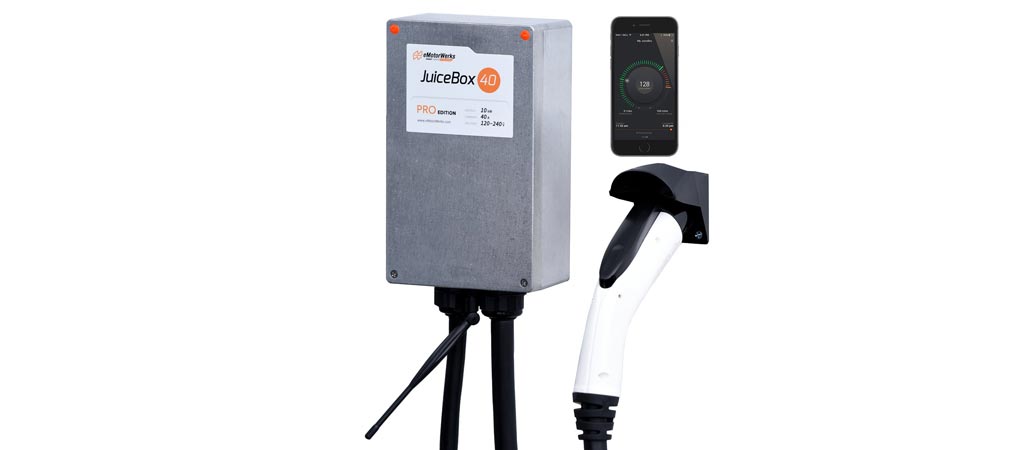

This is the home EV charger for those with mid-range battery packs and access to at least 50-amp residential circuits, who are willing to pay a small bit extra for slightly faster charging speeds. Next up is the JuiceBox 40, rated for 40 amps for up to seven times the charging speed. The JuiceBox 32 is available as either a hardwired unit, or a plug-in device with a NEMA 14-50 240-volt plug. Obviously, 32 amps is less than 40, but most residential electrical standards recommend that circuits be able to provide 125% of the total draw of devices on a given circuit in the case of the JuiceBox 32, that’s 40 amps.


Instead, the target market for the JuiceBox 32 is those consumers who live in homes, condos, and other residences where electrical systems are limited to 40 amps. Still, if you own an EV with a high-capacity long-range battery, the JuiceBox 32 might not be for you. That’s still plenty of juice, mind you the company advertises EV charging at up to six times the speed of level 1 chargers. The JuiceBox 32 is the lowest-powered of Enel X Way’s JuiceBox line, with a nominal current rating of 32 amps. Now, let’s talk about the differences between the Enel X Way JuiceBox 32, 40, and 48 home EV chargers, starting with the JuiceBox 32.


 0 kommentar(er)
0 kommentar(er)
